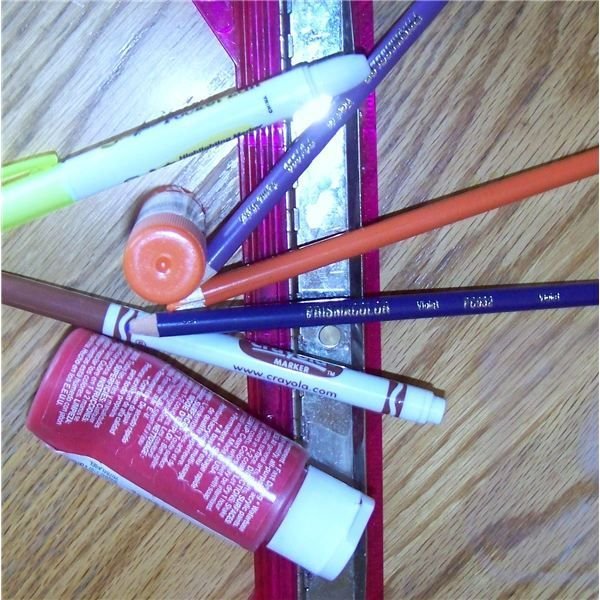Research Paper and Collage for an American Colonies Lesson Plan
Preparation for Writing a Colony Research Paper
Before beginning this American colonies lesson plan, the teacher may need to review how to properly write a research paper. If students are
in middle school, the research paper could be two to five pages long. However, high school students can handle a longer paper, such as five to ten pages.
The teacher needs to decide what style or format the students will use for their research papers. Here on Bright Hub Education we offer informaiton on both MLA and APA, as well as tips on different learning styles.
Steps for Individual American Colony Research Paper Lesson
Step 1: Each student needs to choose a colony. The 13 original colonies include Virginia, Massachusetts, New Hampshire, Maryland, Connecticut, Rhode Island, Delaware, North Carolina, South Carolina, New Jersey, New York, Pennsylvania, and Georgia.
Step 2: Teachers need to share with students ideas for areas of research:
- Origin of settlers: Spain, France, Sweden, Holland, or England
- Colony region: the New England Colonies, the Middle Colonies, or the Southern Colonies
- Economy: type of farming or fishing
- Religious beliefs
- Local government
- Daily life and difficulties
- Date of settlement
- Modes of transportation
- Unique traits of colony
These areas for research can be separate subheadings within the research paper.
Step 3: Give students the paper requirements:
- Follow the chosen paper style for format
- Cite enough sources (The number of sources can vary depending on the page length. For example, for a three to five page paper, students should have three or more sources)
- For middle school, the students must have printed sources and highlighted notes with a rough draft. For high school, students need to have proper note cards. The amount depends on the page length. For a five page paper, 50 note cards may be the magic number.
- A rough draft should be hand written or typed during class. This will help cut down on plagiarism or students buying papers instead of writing them.
- A final copy should follow all of the rules for the chosen format or style.
Step 4: Set aside time to research. The teacher needs to decide if students can choose to just use Internet sources. The school libraries generally have a wealth of reference books on the American colonies. However, it is sometimes easier to book the computer lab and allow students to only use Internet sources.
The teacher can allot two to four days of research time.
Step 5: Students should create an outline to organize research.
Step 6: Students should turn in a rough draft of their paper with note cards or sources and notes. At this point, the teacher can have students peer-edit the papers and take a completion grade. The students should know at this point the focus for grading. Teachers can create a rubric, and the criteria could be content, organization, format, and writing conventions.
Step 7: Students should turn in a final copy of the paper.
Create a Colony Collage

After students have completed their research paper, they can create a collage. The collage can be made of pictures that relate to the student’s research paper. It should be colorful, creative and neat. This can be turned in as part of the research paper or as a separate assignment.
The American colonies lesson plan will allow students to become an expert on one American colony. In addition, students will learn how to complete a proper research paper and will make a creative representation of their research by making a collage. Students will be able to showcase their historical knowlege, their writing skills and their artistic or creative abilities.
References:
13 originals: founding the American colonies. (2006). Retrieved from The TimePage.
Early colonial era: beginnings to 1770. (1998). Retrieved from The History Place.
<em>The 13 American colonies</em>. (n.d.). Retrieved from Social Studies for Kids.
The thirteen colonies. (n.d.). Retrieved from Cave Spring Middle School, Roanoke, Virginia.
Photo Reference:
Photo by Kellie Hayden
